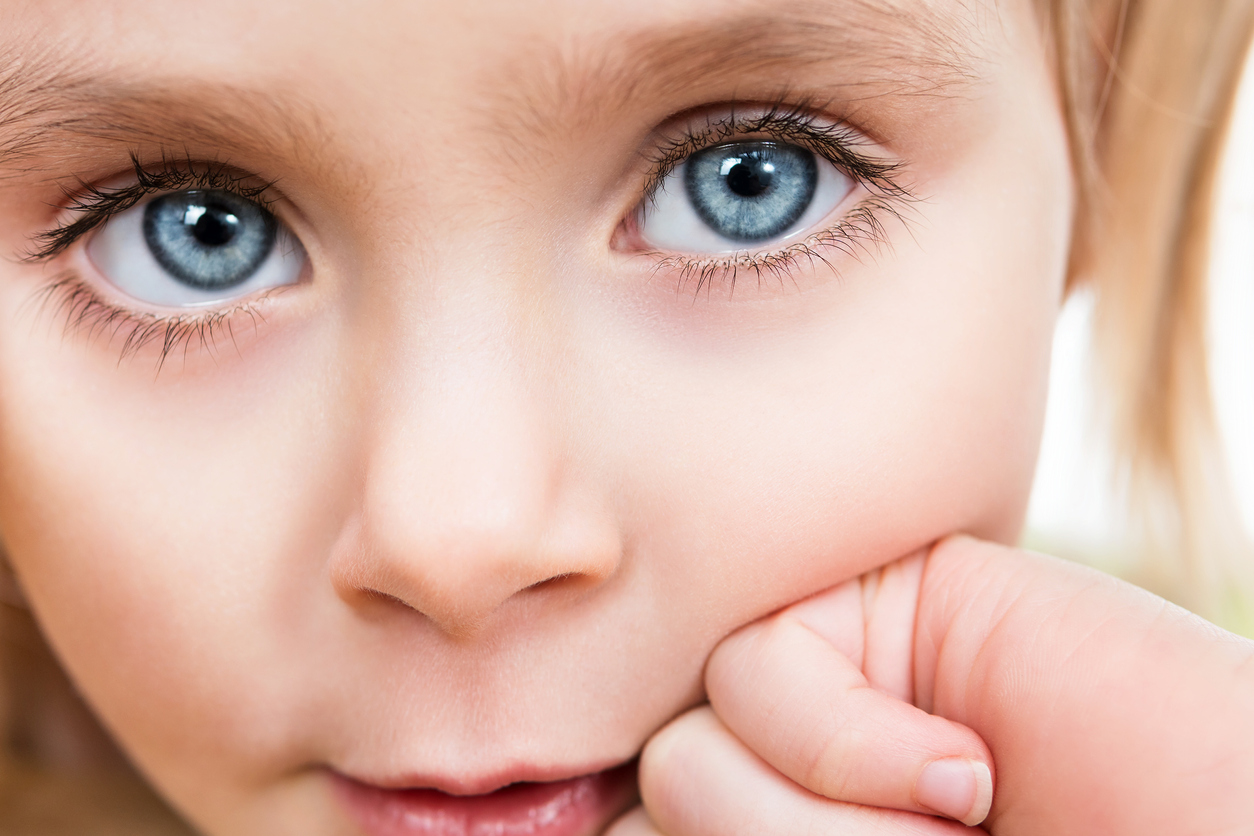When preparing for childbirth, most parents begin to wonder what eye color their child will have. If you and your partner both have the same eye color, it’s likely your child will have the same, but this is certainly not always the case. A child’s eye color is determined by the genetics both you and your partner have and can combine in many ways to produce interesting results.
Changes
Of course, it’s important to note that eye color also changes over time. Most babies are born with blue eyes, but three months down the road they could turn any number of colors. This is due to melanin production. It is common for babies to have a lack of melanin when they’re born, causing them to have blue eyes. Over some time after the baby is born, light will stimulate the creation of melanin and their eye color will likely change. Of course, there’s no sure way to know until the baby is born, but there are some ways to determine what eye colors are dominant and the likelihood of them passing down to your child.
How does it work?
Babies inherit equal eye color genetics from both parents — 50% from each. From here, genes mutate to produce what are called alleles. Alleles are alternative forms of a gene that, in this case, are responsible for giving your baby a certain eye color. The allele genes come in the form of brown, blue, or green, with brown being dominant, followed by green, and blue being the least dominant or what is called recessive.
Given this information, you can determine what eye colors are dominant in the parents. There are many combinations involving dominant and recessive alleles, but you can build a chart to help you understand the possible combinations your child could have. For example, if both parents have the dominant brown allele, it is likely your child will have brown eyes and the same if one parent has a dominant brown allele and the other a recessive blue allele.
Brown and green alleles will always out-rule blue alleles, with brown being the most dominant.
Blue will always be recessive. If both parents have a blue allele, it is likely that the child will have blue eyes. However, if one parent has green eyes and the other blue, your child will most likely have green eyes, as green is dominant over blue.
Combinations
Let’s take this back to science class. As mentioned earlier, every human has two copies of genes, deriving from both the mother and father. When two copies are dominant it’s called homozygous, which we can label as “BB”. Conversely, when two copies are recessive, it’s labeled as “bb”, or heterozygous. When finding out what eye colors are dominant between you and your partner, it’s important to keep in mind the fact that combinations of these genes exist and could affect your child’s eye color. For example, when someone has brown eyes, it doesn’t necessarily mean they have homozygous genes. It’s possible for them to have a combination, or “Bb”, having one dominant brown allele and one recessive blue allele. In this case, because brown is dominant over blue, they will have brown eyes.
Below is a chart that shows an example of how you could determine your child’s eye color, given you know exactly what gene combination the mother and father possess. In this example, we will say the mother has brown eyes, but carries a recessive blue allele from her father. The father in this example has blue eyes and carries both recessive alleles. The white boxes indicate the combinations of these alleles that your child could have.
| B | b | |
| b | Bb | bb |
| b | Bb | bb |
As you can see in this example, your child has a 50/50 chance of getting brown (Bb) or blue eyes (bb). If the mother had a dominant homozygous genotype (BB), all of your child’s combinations would read “Bb”, meaning they would likely have brown eyes.
Things start to get a little complicated if you don’t know exactly what eye colors are dominant in your family lineage, but most of the time you can determine the probability pretty easily by understanding the dominance order: Brown, followed by green, and, last but not least, recessive blue.
At Advanced Eye Medical we are happy to answer any of your eye-centric inquiries. If you’d like to know more about our eye procedures, feel free to visit our website or contact us at 866-997-2020 for a free consultation.

